Journey of GPods-The World's First TWS Earbuds with Light Control
 Why earbuds, what was the original intention?
Why earbuds, what was the original intention?Hello everyone. We appreciate your continued support and today we have prepared a treat for you. We are going to tell you the story behind the birth of our revolutionary idea. You will get inside information on how we started and where we are now!! The initial starting point was actually "light". From natural light to the human ability to make fire; from traditional lighting to conveying information, creating a unique atmosphere, and expressing emotions. The ability for humans to control light is constantly evolving, and the energy conversion from electricity to light can now reach 99%, representing the rise of human capacity in technology which is extraordinary! We thought, what kind of product combined with technology has market potential? Eventually, we found that the TWS Bluetooth earbuds market is huge. The competition is intense, competitors are very experienced and have already built a mature market stage. This makes the products almost similar, lack uniqueness, and even a little bland! What if the TWS Bluetooth earbuds could also light up, break the conventional limits, be unrestrained, and people could customize the variety each day! At the same time, the TWS Bluetooth earbuds would meet our needs for digital light control of electrical energy, photo-communication, and electronic control unit. And just like that, that perspective became interesting, so we began an exciting and unpredictable journey ...
Memories of September last year
After determining the "light + earbud", we began to enter the scheme conception stage. First of all, we believed that light itself is special and different. This product was destined to have character, a unique masterpiece. We are focused on the young generation who dare to innovate and pursue trends.
 They have ideas, music, art, and emotions that they appreciate, as well as strong potential needs and motivation to express themselves, be seen, and socialize. We first thought about whether we could use an LED screen and a detachable screen, which could be applied to earbuds, placed on the table, or worn on the wrist. However, because the content display of the LED screen is a little straightforward, it couldn’t give people a sense of mystery, and it is a customized component with a very high cost, which urged us to extend to other ideas.
They have ideas, music, art, and emotions that they appreciate, as well as strong potential needs and motivation to express themselves, be seen, and socialize. We first thought about whether we could use an LED screen and a detachable screen, which could be applied to earbuds, placed on the table, or worn on the wrist. However, because the content display of the LED screen is a little straightforward, it couldn’t give people a sense of mystery, and it is a customized component with a very high cost, which urged us to extend to other ideas. Then we started to study "light" in-depth, LED light sources, light guides, and light-transmitting materials, and even experimented with resin materials by ourselves. For a few days, our small room was full of chemical smells, and dust from the frosted sandpaper. We thought that was also an interesting product experiment. In the experiment of this scheme, we decided to continue the magnetic detachable accessory form of design, giving users a gift that can be changed to different styles of earbuds shells every day, and placing the light modes on the accessories. The earbuds body could identify each accessory that had a different theme color. We were excited by this idea of differentiation and extreme expression.
Then we started to study "light" in-depth, LED light sources, light guides, and light-transmitting materials, and even experimented with resin materials by ourselves. For a few days, our small room was full of chemical smells, and dust from the frosted sandpaper. We thought that was also an interesting product experiment. In the experiment of this scheme, we decided to continue the magnetic detachable accessory form of design, giving users a gift that can be changed to different styles of earbuds shells every day, and placing the light modes on the accessories. The earbuds body could identify each accessory that had a different theme color. We were excited by this idea of differentiation and extreme expression.But there was still a long way to go from design ideas to finished products. In the next chapter, we will introduce the structural/electronic/light effects and other difficulties encountered in the process of product realization, and how we implemented them in the end.
Like I said before, choosing the design for the GPods wasn’t an easy journey but we managed to find solutions. I will tell you about the prototypes.
Our breakthrough meant that we would face greater challenges. The earbuds have a variety of complex elements such as structure, acoustics, optics, and touch control. A change in the design meant reproducing thousands of internal parts.
In order to balance the human-machine wearing experience and stacking hardware, we made several rounds of 3D models checking the difference before and after. We changed the earbuds cavity from 1 degree to 2 and 3 degrees, and detail polishing from 1mm to 2mm and 3mm.
 From the actual user's wearing experience test, we found that each person's cochlea size and ear structure are not the same, so different users will have different feedback. We needed to make lots of adjustments and modifications to the product to meet the needs of different users. It also prompted us to continuously improve the comfort that the earbuds bring. Because of the addition of light chips circuit board in the structure, it was pretty difficult to arrange the internal space for structural design.
From the actual user's wearing experience test, we found that each person's cochlea size and ear structure are not the same, so different users will have different feedback. We needed to make lots of adjustments and modifications to the product to meet the needs of different users. It also prompted us to continuously improve the comfort that the earbuds bring. Because of the addition of light chips circuit board in the structure, it was pretty difficult to arrange the internal space for structural design. There was one of the hardware designs we made in which the electronic board function was not working after the electronic components were patched, and its power-on was abnormal. After more check-ups, we found out that the charging box’s integrated circuit and one of the printed circuit boards did not match, which caused the chip to be soldered. In this case, due to the emergency of sample verification, the factory arranged for a welding expert to hand weld chips, and in the end, it took several overnights to complete the hand board debugging.
There was one of the hardware designs we made in which the electronic board function was not working after the electronic components were patched, and its power-on was abnormal. After more check-ups, we found out that the charging box’s integrated circuit and one of the printed circuit boards did not match, which caused the chip to be soldered. In this case, due to the emergency of sample verification, the factory arranged for a welding expert to hand weld chips, and in the end, it took several overnights to complete the hand board debugging.I will tell you more in due time, let me know if you have any questions or suggestions.
DIFFICULTIES IN LIGHTING
In order to realize our expression of the light effect, we faced many difficulties.
First, the internal space of the earbuds is very limited, and the light control chip needs to be integrated into the limited space.
The second is the uniformity of light. The selection of the light guide material and the distance between the LED chips and the light guide material all affect the uniform light effect. The third is the actual color matching of the LEDs. The actual RGB value of the color is different from the LED color value.
 In order to realize the matching between the APP and the actual GPods LEDs color, we needed to adjust the color one by one, and finally completed the APP development and color realization of photo color capturing and color customization.
In order to realize the matching between the APP and the actual GPods LEDs color, we needed to adjust the color one by one, and finally completed the APP development and color realization of photo color capturing and color customization.DIFFICULTIES IN ACCESSORIES
We tried three solutions for customized product accessories.
The first solution was to place the light control chip on the accessories by magnetically attracting detachable accessories. This would have given an extraordinary light effect and great detachable accessories.
But the waterproof function would have been at risk. In this case, the outside body would have been affected if it touched water.
The second option was to replace the accessories with magnetic suction but put the light control chip on the body. We would have had lower costs but the magnet would have caused problems with the light guide and the light effects wouldn’t have been very good.
The third option was to use the form of snap fittings, through the structural design. The fittings could be easily dissembled and assembled but the detail requirements were relatively high. This was however the best way to ensure the perfect light effect and solve the waterproof problem, and it was also the method we finally choose.
We hope that the GPods carry our original intention and satisfy more customers.
Product acceptance is the stage where we certify that the product fits all the requirements. We had three rounds of product acceptance trying to optimize and make sure that it was good to go. Each round of product acceptance was crucial for us.
The project team split each user experience point of the product on a chart to keep score and make sure that we didn't miss anything. We invited random people to act as our users to give us feedback on the products. We used quantitative satisfaction scores and qualitative prototype experience and user interviews and then obtained product modification priorities through data analysis, which often takes 2-3 days to finish.
However, the reality is that we always encounter many problems in the product acceptance process. This time we had to tackle Bluetooth connection and pairing problems. When we finished this, we found out that the APP connection was also having issues. In addition, the light in the earbuds was not coming on at the same time. The left and right earbuds were not in sync resulting in inconsistencies and delays in lighting. These problems affected the basic function of the earbuds, we needed developers to do the investigation first, find out the cause of the problem, and solve it.
 For the light effect acceptance, the music rhythm mode was not smooth enough, it was different from the initial idea we had put on the board. The light was different from the actual product so the lighting effect firmware designer and product designer needed to continue adjusting to achieve the best rhythm effect.
For the light effect acceptance, the music rhythm mode was not smooth enough, it was different from the initial idea we had put on the board. The light was different from the actual product so the lighting effect firmware designer and product designer needed to continue adjusting to achieve the best rhythm effect.During this period, we tested the earbuds with low and high volumes and color coordination. According to the samples we had at that time, we could only see clear colors on the earbuds when the volume was at maximum. Low volume showed faint colors while very high volume showed clear colors. We had to redesign the earbuds and make it possible to see clear colors with normal volume.
Every time we encountered problems, we had to spend some time solving them and make more optimization. This shows how crucial product acceptance is, there is always room for improvement.
In addition to the problems of the product itself, GPods also faced high costs of production. They were completely beyond our pricing range, we were stuck. In this process, on the one hand, our product managers and designers thought about improving the product, and on the premise of satisfying the basic functions of the earbuds, differentiate the priorities and make balance and trade-offs on the product.
Our R&D team spent a lot of time visiting different earbud manufacturers. We couldn't get to the biggest and best factories, because of the production cost and minimum order quantity but our requirements for the factory were not just a factory that had experience in making earbuds. We wanted to find a suitable strategy partner who was interested in our products and had excellent research and development capabilities, and we could reduce the production cost by expanding our market together.
 It was not an easy step, we were confused for a long time. How could we keep going? Where were we going to find such a partner?
It was not an easy step, we were confused for a long time. How could we keep going? Where were we going to find such a partner?By chance, we got in touch with a company through a third-party relationship. They had been manufacturing 3C accessories for many years. Because they had seen many earbuds of the same shape, when they saw our products, they were very interested. It was a special moment for us. However, in terms of cost, it still fell short of the price we expected.
 After a period of in-depth negotiation, we finally decided to cooperate with the company and continued to invest in research and development even if we will give up some profits on the product. As the brand's first product, we need to use the core differentiated experience and cost performance to let more people know us!
After a period of in-depth negotiation, we finally decided to cooperate with the company and continued to invest in research and development even if we will give up some profits on the product. As the brand's first product, we need to use the core differentiated experience and cost performance to let more people know us!Stay tuned for our multi-partner and hard-born product - GPods!



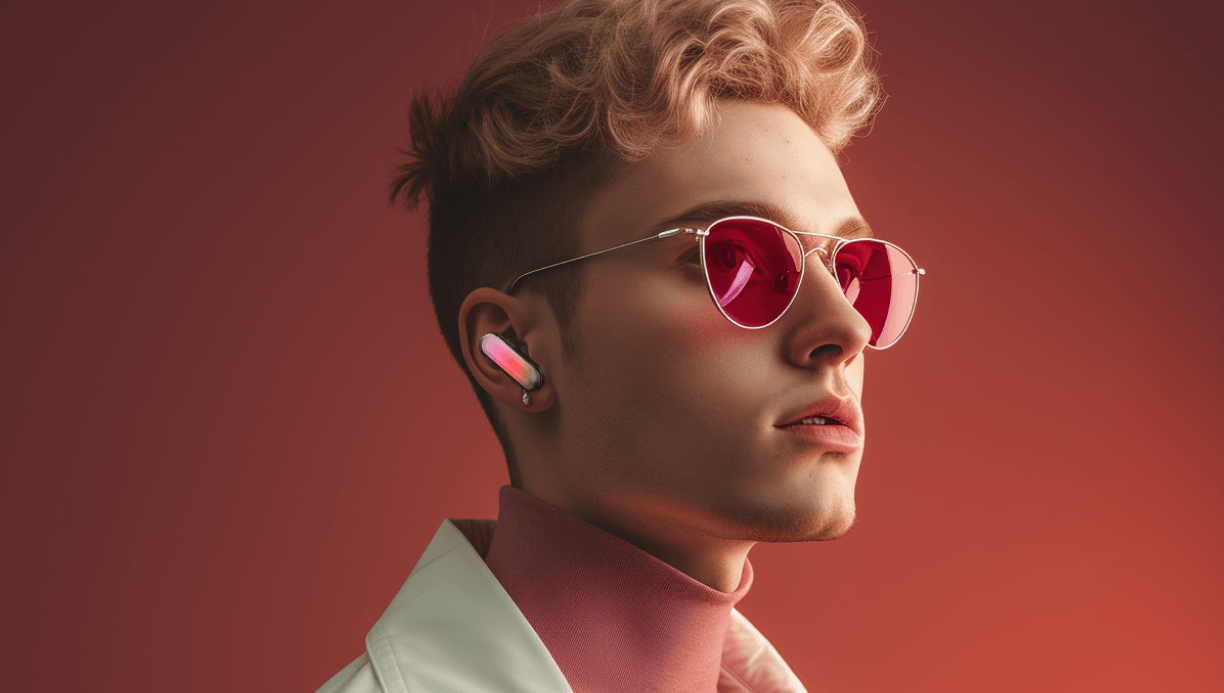
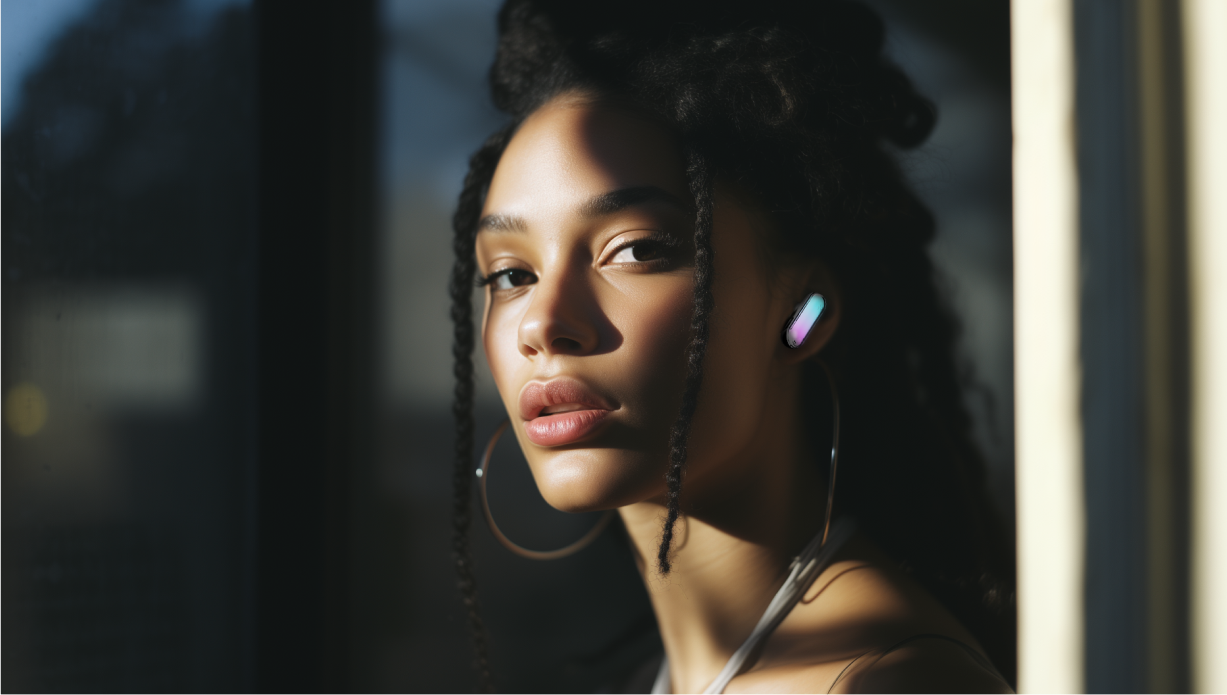

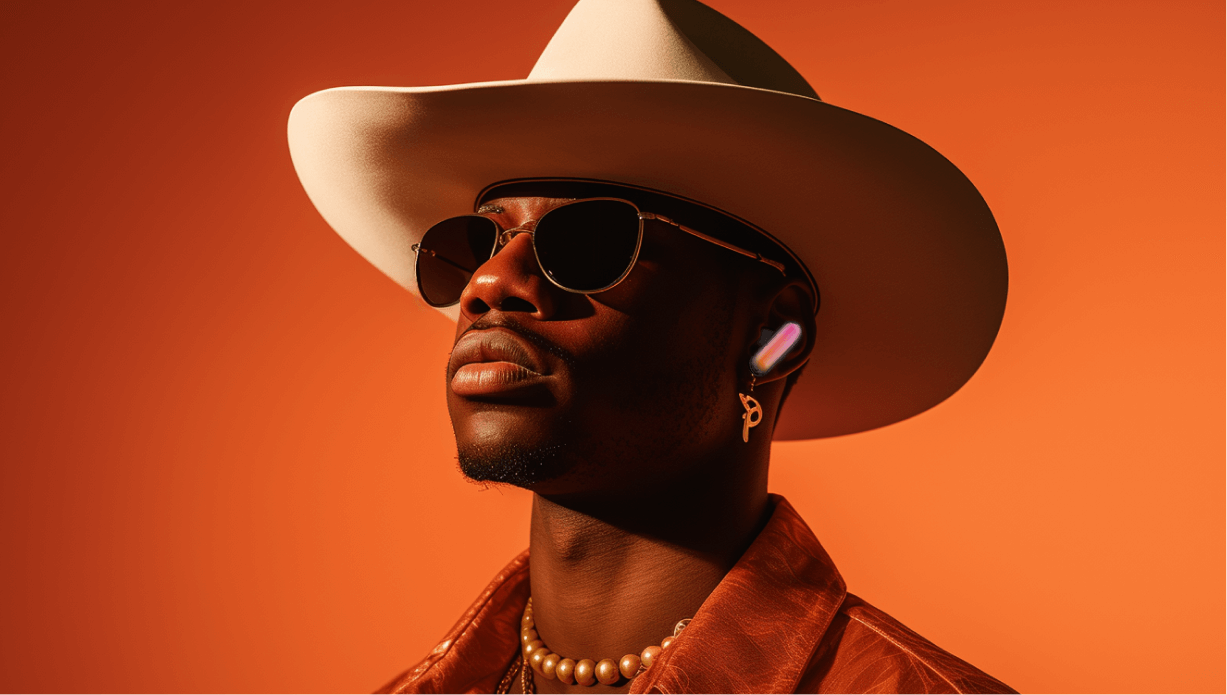
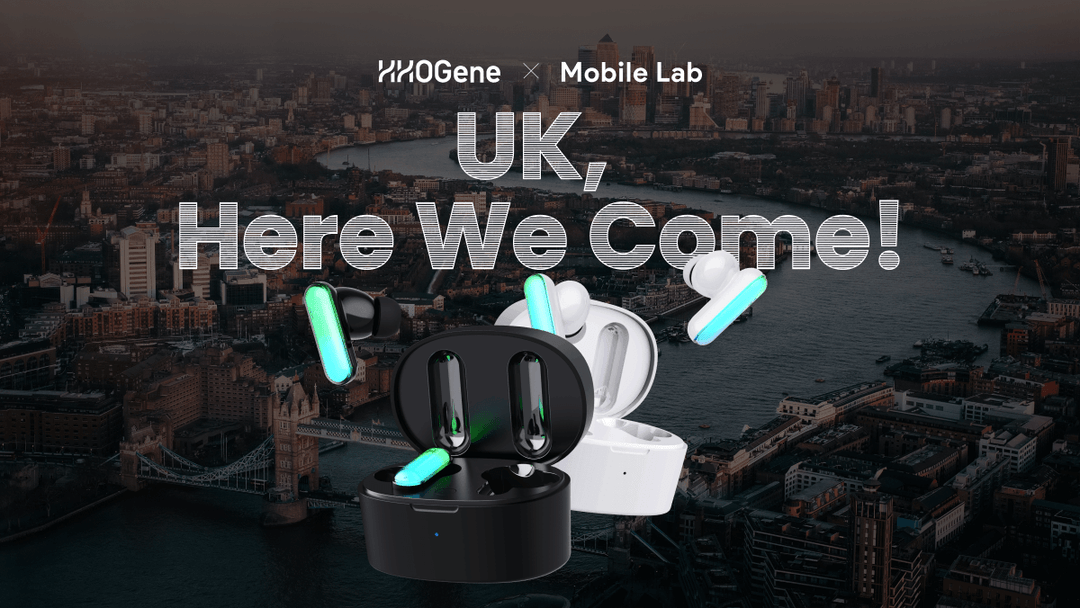

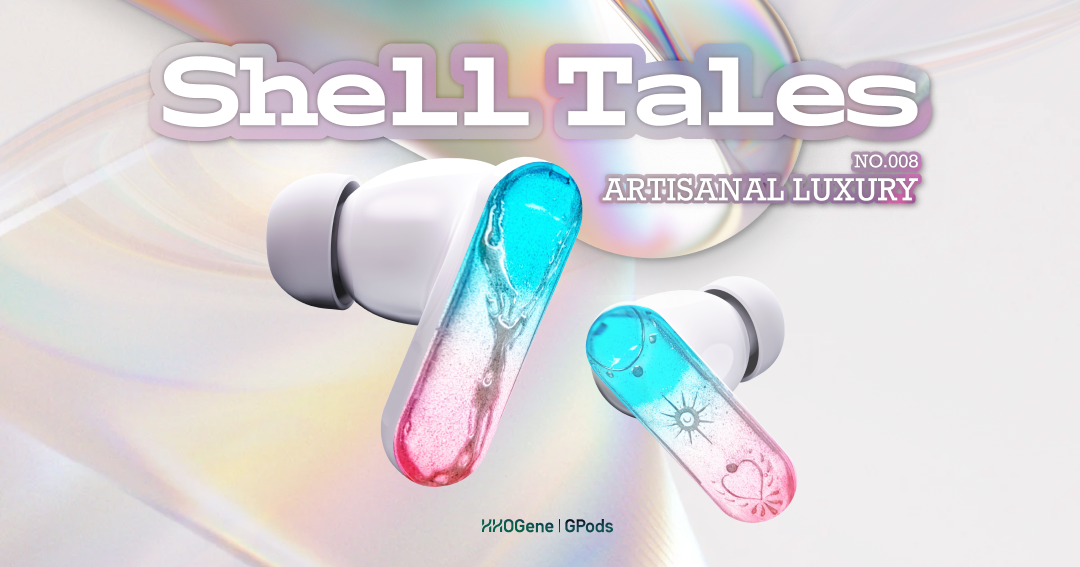
Leave a comment